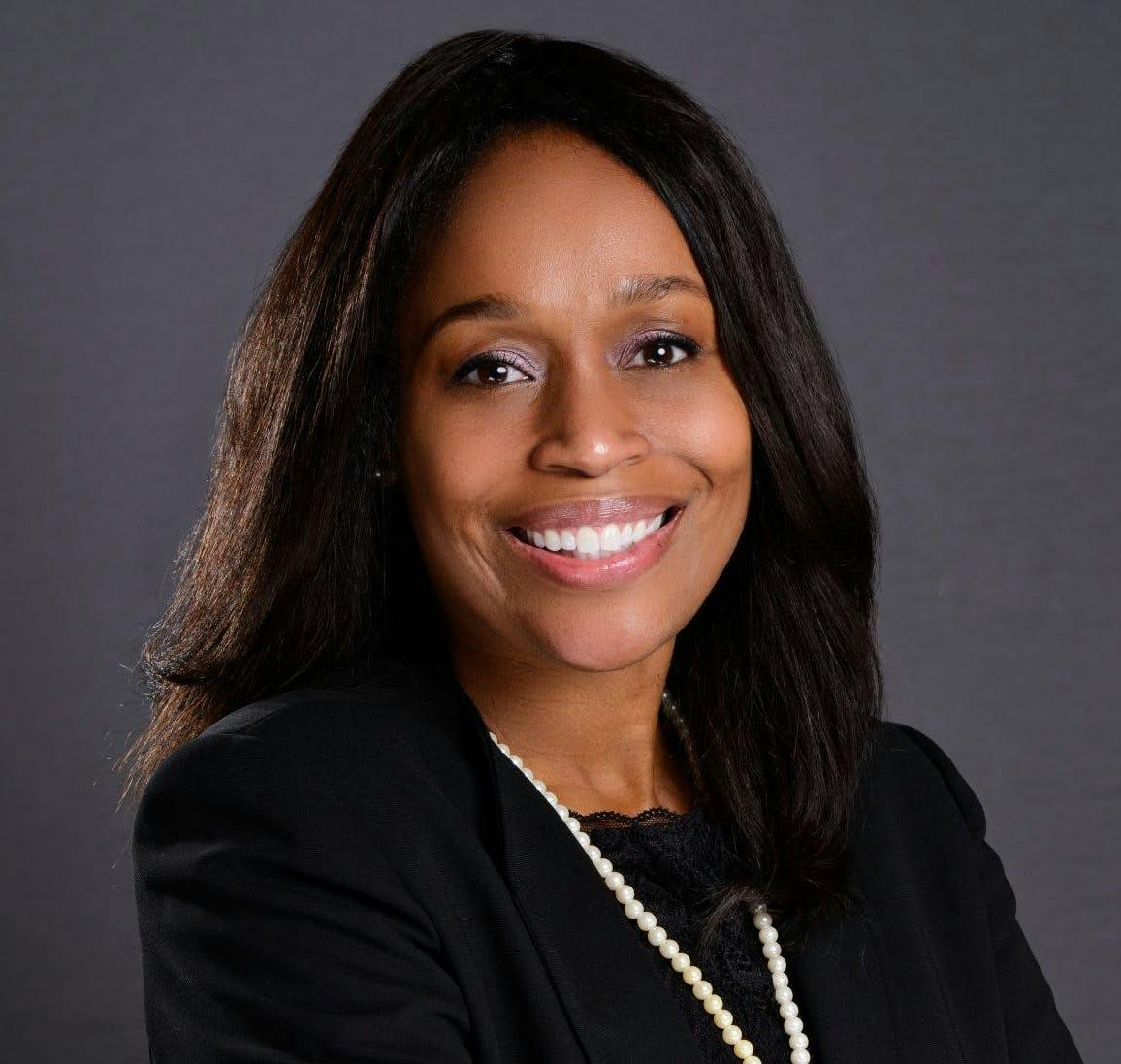
School is out across the country, and for many this summer may feel, well, almost normal. Camps are open, teens are working summer jobs, and families are hitting the road for vacations.
But many young people are telling us that while some adults may be eager to move on, the impact of the pandemic on our kids is further reaching – and that this is a transformative moment in their lives.
For one, young people across all communities, races and ethnicities are talking about mental health openly, a topic once considered taboo. They are acknowledging that safety – both physical and emotional – is critical to their wellbeing. And they are thinking about their futures, including what skills they’ll need to find jobs and whether they feel prepared for adulthood.
These were some of the most consistent themes Boys & Girls Club of America identified in a survey of more than 100,000 kids and teens on how they are feeling right now. The “Youth Right Now” data release shows that today’s young people are well-versed in recognizing their emotions (91%) and understanding how their feelings influence their actions (90%). But they’re also feeling the stress of the past few years, with the majority reporting that when something goes wrong in their life, they can’t stop worrying about it. Perhaps most concerning for parents and educators alike considering the challenges of the past few years: the majority of youth (70%) rated their ability to cope with challenges as medium to very low.
All this leads to an inevitable conclusion: We must seize this moment to prioritize every young person’s social, emotional, and mental wellbeing.
The good news is that we’re hearing that parents and young people have more access to resources than ever before. More mental health professionals are available in local communities, and schools have increasingly paid attention to student wellbeing in recent years. However, lack of access and prohibitive costs means that mental health support is still out of most youths and families’ reach.
This raises a need to discuss how tending to young people’s wellbeing can go beyond counseling or therapy – it requires attention to every child’s relationships and environments, and helping them develop skills to understand their emotions, cope with stresses, and make healthy choices.
This is a big reason why, in addition to mental health services, parents have overwhelmingly demanded social and emotional learning in schools. Social and emotional learning usually involve intentional practices that help students learn and practice skills like communicating effectively, setting goals, and understanding different perspectives.
Students who have teachers that embrace the practice of social and emotional learning as a part of their academic studies show an increased ability to manage stress and depression and better attitudes about themselves, others, and school. A 2021 study likewise concluded that SEL programs enhance children’s coping skills, resiliency, and emotion identification and reduce symptoms of depression and anxiety. Decades of research have also demonstrated the positive impact of social and emotional learning on academics, behaviors, and long-term wellbeing.
But of course, schools aren’t the first or only place that young people learn these skills – they learn them at home and in their communities at places like a Boys & Girls Club. Since many of our kids won’t be returning to a classroom for many weeks, we also need to make social and emotional learning a ubiquitous part of summer learning – at camp, enrichment programs, and wherever your kids find themselves spending time this summer.
For example, Boys & Girls Clubs embed social and emotional development throughout the Club day, emphasizing healthy relationships, emotional regulation and responsible decision-making. Trained Club staff work with youth to identify their emotions on a “Mood Meter,” reflect on their day through interactive journaling, practice inclusion, and celebrate each other’s contributions and accomplishments. Clubs also connect youth with staff mentors who provide a consistent presence and sounding board for what kids are going through. “Kids show up as their whole selves – their physical presence, their emotional needs and their mental health,” said Kate Endries, MSW, Senior Advisor of Trauma-Informed Practice at Boys & Girls Clubs of America. “When we talk about healthy mind habits the same way we encourage other healthy habits, such as exercise and eating right, we support our kids and teens in managing stress, building coping skills and knowing when to ask for help.”
Learning doesn’t stop when summer break begins. This time away from school offers valuable opportunities for young people to build friendships, learn about their own strengths and interests, and practice a wide range of other social and emotional skills that will help them practice mental wellness and navigate their lives.
Young people are talking about their mental health, their wellbeing, and their futures. This summer, let’s take time to really listen.



